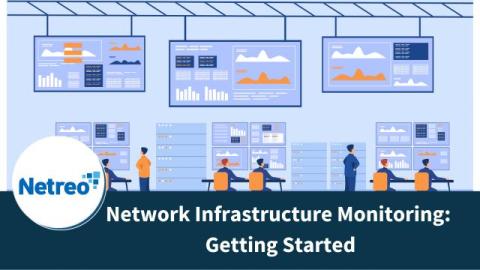Gain the Visibility Needed to Hold Last-Mile ISPs Accountable: How AppNeta Can Help
In relatively short order, the adoption of cloud services and hybrid work models went from exception to ubiquity. This has fundamentally changed the nature of the networks users rely upon—and created an entirely new set of challenges for IT and network operations teams. More than ever, business services and interactions are reliant upon network connectivity that spans a diverse mix of the public internet and third-party networks.











